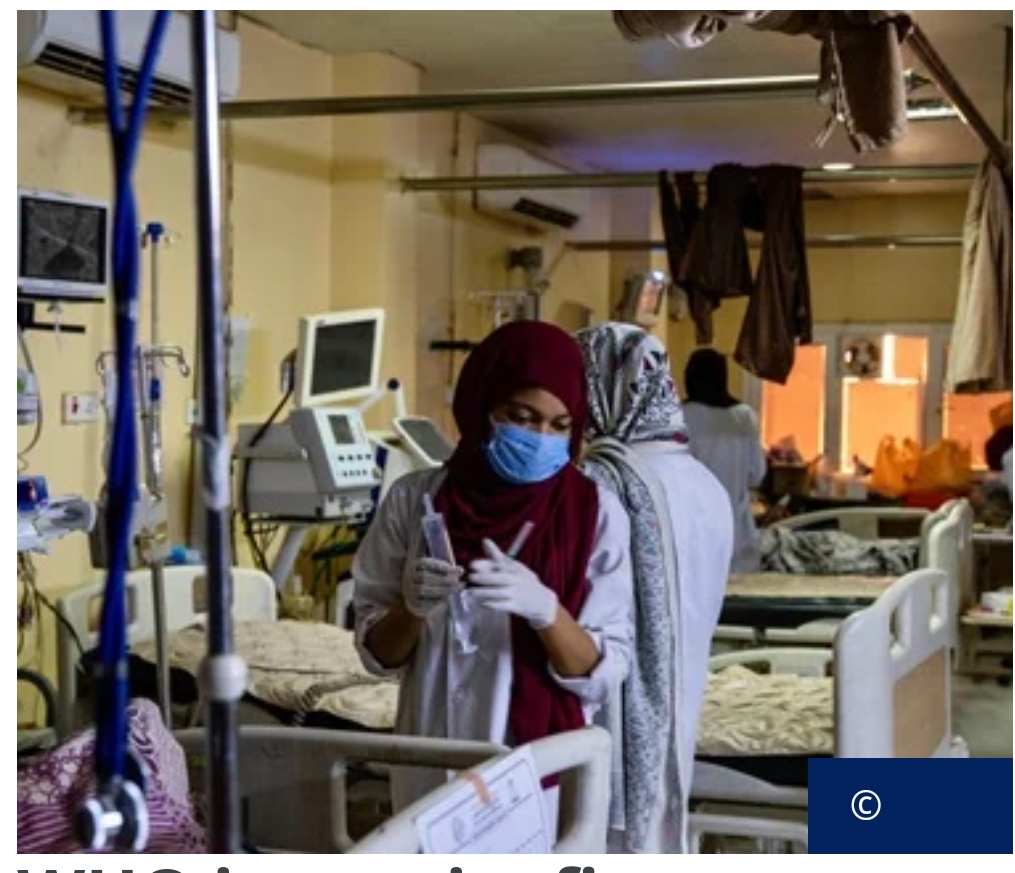WHO Calls for Urgent Action to Address Global Shortage of Treatments and Diagnostics for Invasive Fungal Diseases.
GENEVA:
The World Health Organization (WHO) has released its first-ever reports highlighting the critical shortage of medicines and diagnostic tools for invasive fungal diseases, underscoring the urgent need for innovative research and development (R&D) to close these gaps. The reports shed light on the increasing public health threat posed by fungal infections, which are becoming more common and resistant to treatment, particularly among vulnerable populations.
Fungal infections, including common conditions such as oral and vaginal thrush caused by Candida, are growing in prevalence and resistance, particularly among individuals with weakened immune systems. These populations include patients undergoing cancer chemotherapy, those living with HIV, and organ transplant recipients. The WHO’s findings suggest that the lack of effective treatments and diagnostic tools is exacerbating the crisis.
Dr. Yukiko Nakatani, WHO Assistant Director-General for Antimicrobial Resistance ad interim, warned that invasive fungal infections are claiming the lives of the most vulnerable patients, but many countries lack the necessary treatments to save them. “Not only is the pipeline of new antifungal drugs and diagnostics insufficient, there is a void in fungal testing in low- and middle-income countries, even in district hospitals,” said Nakatani. “This diagnostic gap means the cause of people’s suffering remains unknown, making it difficult to get them the right treatments.”
The report details the severe threat posed by fungi in the ‘critical priority’ category of the WHO’s fungal priority pathogens list (FPPL), with mortality rates for these infections reaching as high as 88%. The growing number of immunocompromised patients due to advancements in medical treatments means that cases of invasive fungal diseases are likely to rise. The challenge is compounded by limited access to diagnostic tools, the scarcity of antifungal medicines, and a slow, complex R&D process for new treatments.
The WHO report on antifungal drugs highlights a major concern: in the past decade, only four new antifungal drugs have been approved in major markets like the United States, the European Union, and China. Currently, only nine antifungal medicines are in clinical development, with only three in the final stage (Phase 3). The slow pace of drug development is a major hurdle in combating these deadly infections. The WHO also pointed out that many existing antifungal drugs have serious side effects, drug-drug interactions, and prolonged hospital stay requirements.
The landscape report on diagnostics reveals that while some tests for fungal infections exist, they are limited in scope and accuracy, and require well-equipped laboratories, which are often inaccessible in low- and middle-income countries. WHO urges the development of faster, cheaper, and more accurate tests that can be used in primary and secondary health facilities, especially at the point-of-care level.
To address these critical gaps, the WHO is calling for increased investment in global surveillance, expanded financial incentives for drug discovery, and funding for basic research to identify new therapeutic targets for fungal diseases. The organization also stresses the need for diagnostics that can be widely used in resource-limited settings and better training for health workers to manage fungal infections effectively.
As part of its ongoing efforts, WHO is developing an implementation blueprint for the FPPL to strengthen the global response to invasive fungal diseases and antimicrobial resistance. The organization emphasizes that without urgent action, the global public health community risks allowing these infections to claim more lives, particularly among the world’s most vulnerable populations.




